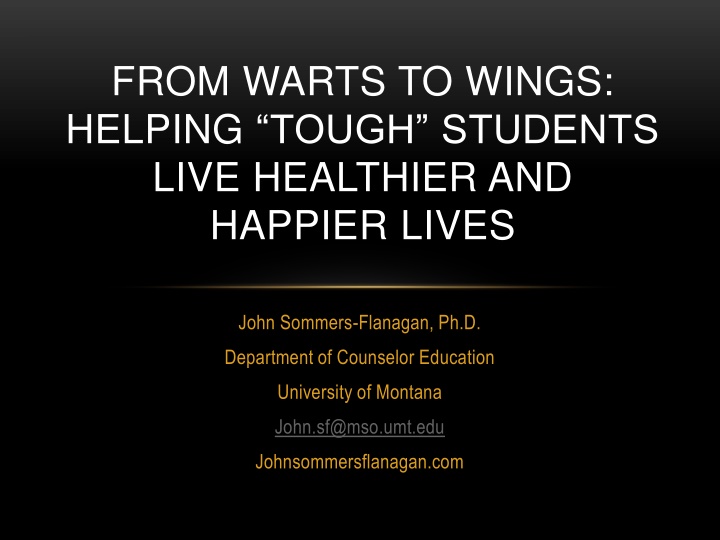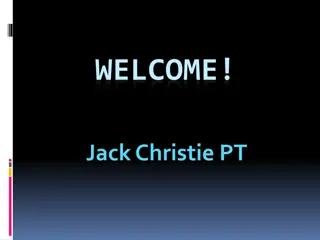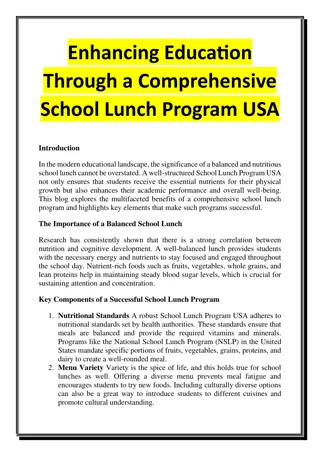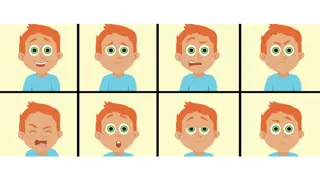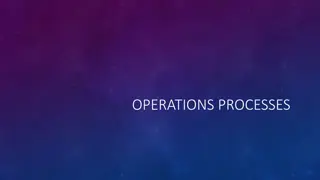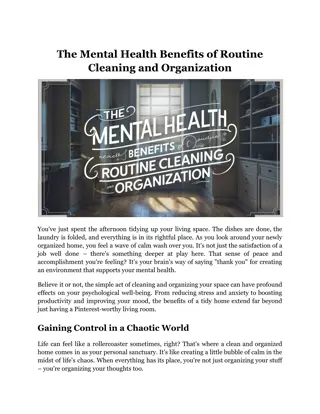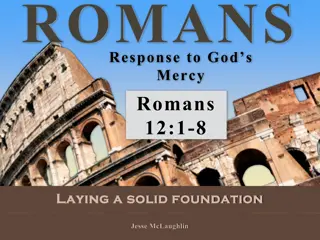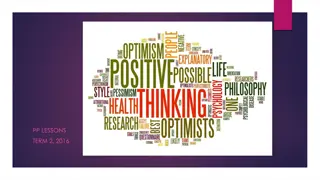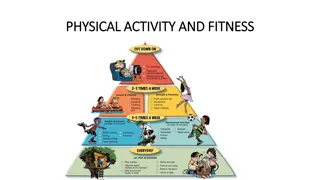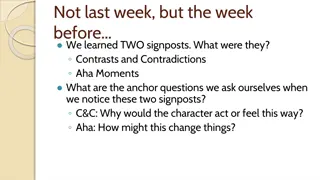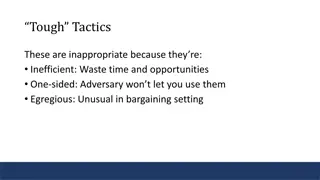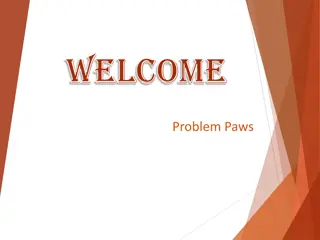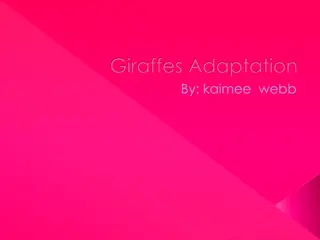Transforming Tough Students for Healthier and Happier Lives
Explore key principles and strategies for facilitating positive change in students and parents, as shared by John Sommers-Flanagan, Ph.D. Learn how to avoid judging based on appearances and behaviors while embracing education as a vital path towards societal betterment. Witness engaging anecdotes and insights that challenge preconceptions and inspire growth.
Download Presentation

Please find below an Image/Link to download the presentation.
The content on the website is provided AS IS for your information and personal use only. It may not be sold, licensed, or shared on other websites without obtaining consent from the author.If you encounter any issues during the download, it is possible that the publisher has removed the file from their server.
You are allowed to download the files provided on this website for personal or commercial use, subject to the condition that they are used lawfully. All files are the property of their respective owners.
The content on the website is provided AS IS for your information and personal use only. It may not be sold, licensed, or shared on other websites without obtaining consent from the author.
E N D
Presentation Transcript
FROM WARTS TO WINGS: HELPING TOUGH STUDENTS LIVE HEALTHIER AND HAPPIER LIVES John Sommers-Flanagan, Ph.D. Department of Counselor Education University of Montana John.sf@mso.umt.edu Johnsommersflanagan.com
TODAYS PLAN Thanks to Iestyn Bright and Chris Schimmel of WVSCA for this opportunity Big GOAL: Articulate 10 key principles and strategies of human change that you can immediately use with students and parents
TODAYS PLAN II Organized like a book All powerpoint slides are at johnsommersflanagan.com Instructions: I talk about 10 key principles and strategies You listen, laugh at all the right times, learn, and leave feeling inspired and filled with insights
MY POLITICAL PLATFORM The road to economic vitality, the road to environmental sustainability, the road to excellence in health care and social support programs, and the road to good government always has and always will run through education.
WHO ELSE HAS/HAD THIS PLATFORM? Nobody in 2015 . . . But, John Adams, in the 1770s: Laws for the liberal education of youth, especially for the lower classes of people, are so extremely wise and useful that to a humane and generous mind, no expense for this purpose would be thought extravagant (McCullough, 2001, p. 103)
INTRODUCTION Keynote rating: R or PG-13? Tough Students are not Tough Students Opening Story or Visualization
CHAPTER ONE THE CATATONIC WOMAN
THE 1STBIG PRINCIPLE We should WORK HARD to not judge students, parents, and teachers based on their appearance and behavior because there s always more to it than we think
CHAPTER TWO MEETING JESUS AT THE PORTLAND VA
THE 2NDBIG PRINCIPLE If you want genuine cooperation Be less threatening
CHAPTER THREE TY AND THE BIG TRAUMA BOY The Amazing Mary Cover Jones
COUNTERCONDITIONING MOJO Challenging students (TOUGH KIDS), parents, and teachers are aversively conditioned to school counselors! How do we get reluctant students, parents, and teachers comfortable in the room with us?
THE 3RDBIG PRINCIPLE Use counterconditioning mojo to get people comfortable with you and working on change What will you use?
THE 1STCHANGE STRATEGY Use the power of your mind to creatively and relentlessly focus on YOUR GOALS
CHAPTER FIVE THE SATANIC GOLDEN RULE
THE 2NDCHANGE STRATEGY Create your own positive respect bubble . . . and watch out for the REVENGE IMPULSE
CHAPTER SIX A CAT ON MY HEAD
THE THREE-STEP EMOTIONAL CHANGE TRICK 1.Feel the feeling (accept and respect it) 2.Think a new thought or do something different 3.Share the good mood 4.Teach someone else the three steps
THE 3RDCHANGE STRATEGY Emotional states and emotional reactions are complex Students need simple strategies for managing their emotional lives.
CHAPTER SEVEN CREATE NEW STORIES
THE 4THCHANGE STRATEGY We can collaborate WITH STUDENTS to build stories of health and resilience
CHAPTER EIGHT ANDREA S STRONG ARM
THE 5THCHANGE STRATEGY What you use tends to grow and strengthen This is the main rule from neuroscience We can help students strengthen their weak spots
CHAPTER NINE STOP SHAKING THE BOTTLE
THE 1STANGER MANAGEMENT STRATEGY Counting to 10 is worthless if you re carbonating your cognitions We need more sophisticated educational strategies
CHAPTER TEN THE CHERRY STORY
THE 2NDANGER MANAGEMENT STRATEGY It s not what happens to us . . . But what we think about what happens to us . . . That causes us misery
SUMMARY AND CONCLUSIONS Be careful in your judgments, because students are watching If you want genuine cooperation, be less threatening Like MCJ, use your counterconditioning mojo Use the power of mind to focus on your goals Create a school filled with respect bubbles Help student manage their moods Use collaborative storytelling Teach better strategies Stop carbonating those cognitions It s not what happens to you . . . but what you think . . .
